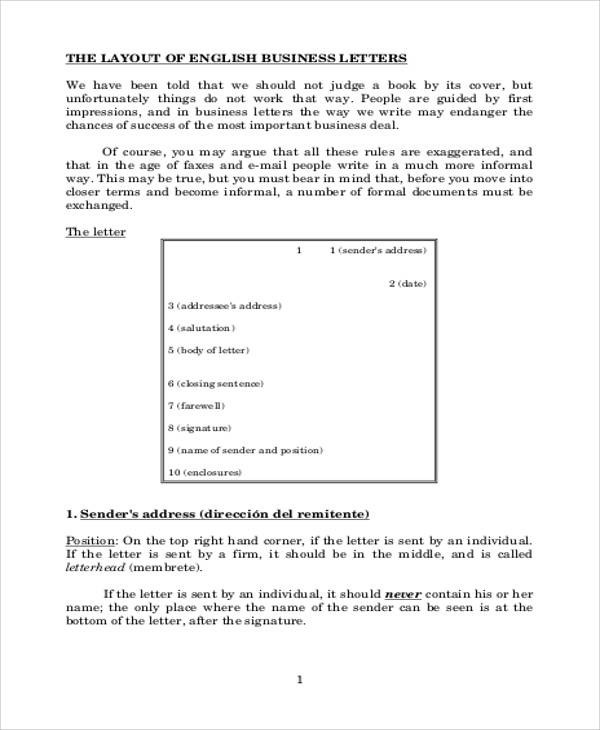

This is especially important if they need to do something or if you are notifying them of a decision.īe clear and concise with the subject line. Include the date you are sending the letter so that the recipient knows when you wrote it. Web Content Accessibility Guidelines success criteria:

Make sure any links are easily found and work properly.Don't send images unless they're referred to and described in the text.
For example, don’t send PDF attachments if the recipient could be using a mobile device to read the email.
Consider accessibility when sending attachments. For images in emails and digital letters, use alt text. To enable mobile device screen readers to access the file, use an accessible file format. I can change the content's presentation without losing information or structure. I can read and understand text, even if there are unusual words and shortened words, or languages other than English. I can understand any information contained in an image. It is also part of the organisation’s brand and shows consistency. Using a template helps the recipient know that the letter is official and that they can trust it. The template will include any branding you need to use, including letterhead. Use the organisation’s template for letters. Use of BCC protects people’s privacy by not disclosing their name or email address. Use the ‘BCC’ field to send an email to a group of people who don’t know each other. Use the ‘CC’ field if people all know each other or can look up an email address with ease. Include recipients in the ‘To’ field only if you need them to act on something in the email. Send emails to people only if they need the information.Ĭopy people into an email if they need the email for information only. For example, a person who is blind or has low vision can access electronic documents by using screen-reading software. With emails, explain in the covering text that the email has a letter attached.Įlectronic letters are more accessible for some people than paper letters. Consider using secure messaging services like myGov rather than email. If necessary, contact a recipient to confirm their address. Use information only if it is accurate, up to date, complete and relevant. If you’re sending a letter to someone in an organisation, include: Make sure the recipient’s details are correct. Include the recipient’s name and postal address at the top of the letter. The Australian Communications and Media Authority can provide guidance about emailing promotional content via a distribution list. Your organisation might also have obligations under the Spam Act 2003. You must have someone’s explicit permission to add them to a mailing list and you must give them the option to unsubscribe. The Office of the Australian Information Commissioner has more guidance in its Guide to securing personal information. This requires signature on delivery to ensure the letter is delivered to the correct recipient. Check your organisation’s processes and procedures for the secure transmission of personal information.įor letters sent by post, consider using registered post. Emails need to be sent securely and to the correct recipient. You must prevent unintended transmission of personal information via email. Personal information is any information that could identify an individual, in any format. When you handle personal information, you must comply with the Australian Privacy Principles. Your organisation has obligations under the Privacy Act 1988. But the choice is not clear-cut and depends on your organisation’s preferences. The more formal the purpose, the more likely it is that you will use a letter instead of an email. Emails are now used for some formal official correspondence. Letters are more formal than emails, but the differences are becoming blurred. taking part in a discussion or negotiation about a topic or issue.Īssess the formality based on context and policy. giving advice or requiring action to enforce a law or regulation. colleagues in other departments or agencies.Ĭonsider the kind of relationship that you have with the recipient.Įmails and letters have many purposes. When you write emails or letters for work, use the right format and tone for the purpose. The level of formality in the writing depends on the recipient and the purpose. The user (recipient) and the purpose determine whether you use an email or a letter.






 0 kommentar(er)
0 kommentar(er)
